Honbap Star (서촌막회센타)
3.4Km 2021-03-24
49, Jahamun-ro 1-gil, Jongno-gu, Seoul
+82-10-9018-6349
This is a raw fish restaurant known for its cost-effectiveness. This Korean dishes restaurant is located in Jongno-gu, Seoul. The representative menu is sliced raw small fish.
Gimjinmoksam (김진목삼)
3.4Km 2021-03-23
51, Jahamun-ro, 1-gil, Jongno-gu, Seoul
+82-2-929-2929
This is a place where the staff directly grills pork that has been certified by Handon. This Korean dishes restaurant is located in Jongno-gu, Seoul. The representative menu is grilled pork shoulder.
Velvet Moon (벨벳문)
3.4Km 2021-03-26
39, Jahamun-ro 5-gil, Jongno-gu, Seoul
+82-10-4028-9957
This coffee shop roasts coffee beans directly. This Korean dishes restaurant is located in Jongno-gu, Seoul. The most famous menu is espresso.
Mokposan Kkotgejjim (목포산꽃게찜)
3.4Km 2021-03-29
325, Majang-ro, Seongdong-gu, Seoul
+82-2-2292-1270
A restaurant frequently featured in Korean gourmet programs. The best menu at this restaurant is steamed blue crab. This Korean dishes restaurant is located in Seongdong-gu, Seoul.
Théâtre Nanta de Jeongdong (강북정동난타전용관)
3.4Km 2019-03-26
3, Jeongdong-gil, Jung-gu, Seoul-si
+82-2-739-8288
Le Centre d’Art et de Culture de Cheongdong est situé dans la vieille et romantique rue de Jeongdong. Il se compose d’une grande salle sur deux étages d’une capacité de 600 places largement espacées et disposées en amphithéatre, et accueille généralement spectacles et avant-premières de film. Si vous aimez voir les acteurs de près, il est recommandé de s’asseoir aux premiers rangs du rez-de-chaussée, si vous préférez avoir une vision d’ensemble choisissez plutôt les premiers rangs de l’étage supérieur. Bien qu’elle n’ait rien de spectaculaire la salle est tranquille et comfortable. Même hors représentation vous pouvez venir visiter le lieu et en ressentir l’atmosphère particulière. Il existe également un salon ou vous pouvez écouter de la musique en profitant d’une boisson d’un distributeur à disposition. A l’extérieur vous pouvez profiter d’un petit parc pour pique-niquer et vous relaxer sur le gazon.
Hanok Guesthouse Dongchonchae [Korea Quality] / 한옥 게스트하우스 동촌재 [한국관광 품질인증/Korea Quality]
3.4Km 2021-03-26
21-10, Jahamun-ro 11-gil, Jongno-gu, Seoul
Built in 1939, Dongchonchae was designated as Seoul Well Hanok by the Seoul Metropolitan City in 2016. In 2020, this hanok (traditional Korean house) received the Certificate of KOREA QUALITY from the Korea Tourism Organization in the Heritage Hanok field in recognition of its historicity and quality of services. Dongchonjae is located in the western side of Gyeongbokgung Palace, at Seochon. When one passes through its main gate, one sees the yard, with anchae (women's quarters), sarangchae (men's quarters), and byeolchae (detached quarters) surrounding the plot. Anchae has four rooms, daecheong (wood-floored main hall), a kitchen, and a restroom. One of the rooms is used for tea ceremonies as well. Outside of the sarangchae and byeolchae, which are the living spaces for the owners, visitors have free access to the numaru (raised open floor) and the yard. The anchae’s rooms “Bom” and “Yeoreum” can accommodate 2 to 3 adults each, while the rooms “Gaeul” (Tea Room) and “Gyeoul” are optimal for two. The building is rented out as a whole, so no more than one group may stay in the building at any given time. Standard occupancy is four persons, and eight is the maximum number. There are two restrooms, one within the anchae building, one out in the backyard.
Cooking is not allowed in the kitchen, but guests are free to bring in outside food. Experience programs on offer include nighttime exploration of Seoul City Wall, tea ceremony, folk songs, and rice cake making. Additional payment is only required for rice cake making. Guests may choose between two types of complimentary breakfast: Korean, which comes with rice, soup, and three side dishes; and Western, which comes with bread, salad, and coffee. There are a 100-in screen and mini projector for film watching in the yard or daecheong. Towels, toiletries, hair dryer, bottled water, traditional tea, and capsule coffee are included. The kitchen is equipped with kitchen utensils, a microwave, and a coffee pot, enough for instant foods. Guests also have access to refrigerator and washing machine
Marché de Tongin (통인시장)
3.4Km 2022-12-13
18, Jahamun-ro 15-gil, Jongno-gu, Seoul
+82-2-722-0911
Le marché de Tongin a été crée en juin 1941 sous l’occupation japonaise. Après la guerre du 25 juin, le région de Seochong a connu une hausse de la consommation causée par la soudaine croissance démographique. Des boutiques et des magasins se sont créés sous forme de marché public.
Le marché public Tongin se compose de 75 restaurants dont principalement des restaurants et des magasins de banchans (petits plats d'accompagnements) qui livrent des produits frais : poissons, fruits et légumes. D’autres commerces de vêtements, chaussures et retouches sont présents sur le marché.
Irilju (일일주(日日酒))
3.5Km 2021-03-30
4, Sajik-ro 8-gil, Jongno-gu, Seoul
+82-2-738-1717
It is a delicious restaurant in Gwanghwamun with a good atmosphere. This Japanese (cuisine) restaurant is located in Jongno-gu, Seoul. The representative menu is salmon sashimi.
Festival Culturel de Jeongdong (정동문화축제)
3.5Km 2021-11-01
Seoul, Jung-gu, Sogong-dong
02-3701-1601
Le Festival culturel Jeongdong permet d'apprécier l'ambiance automnale sur la routean Jeongdong-gil à Jung-gu, Séoul. Le festival vise à promouvoir les attractions touristiques aux alentoiurs à travers différents événements et expositions.
Grand Magasin Lotte (Cheongnyangni) (롯데백화점-청량리점)
3.5Km 2016-04-01
205, Wangsan-ro, Dongdaemun-gu, Seoul-si
+82-2-3707-2500
Le Grand Magasin Lotte de Cheongnyangni possède une culture du shooping depuis sa création en 1994 au niveau de la station Cheongnyangni sur la ligne 1 du métro séoulien et a participé au redéveloppement du quartier depuis.
Il est ouvert de 10h30 à 20h00, plus tard les vendredis, samedis, et dimanches et est fermé un lundi par mois.
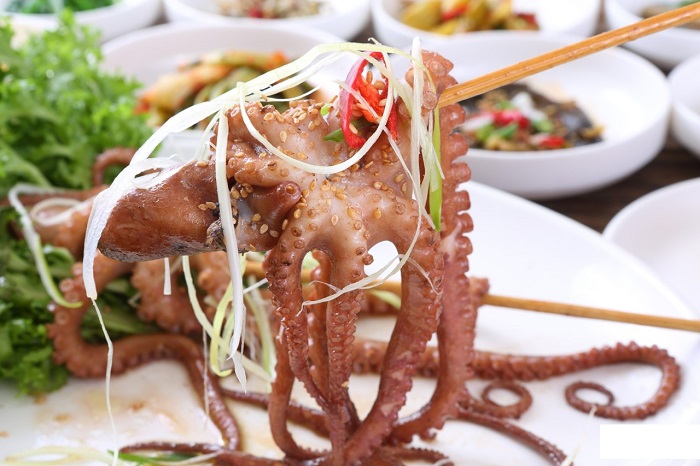
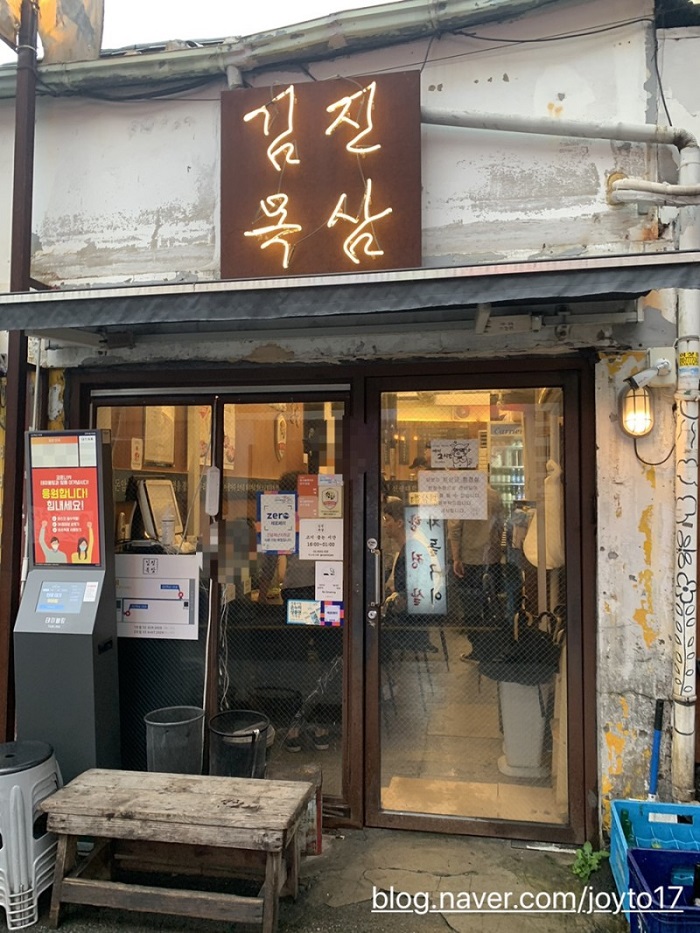
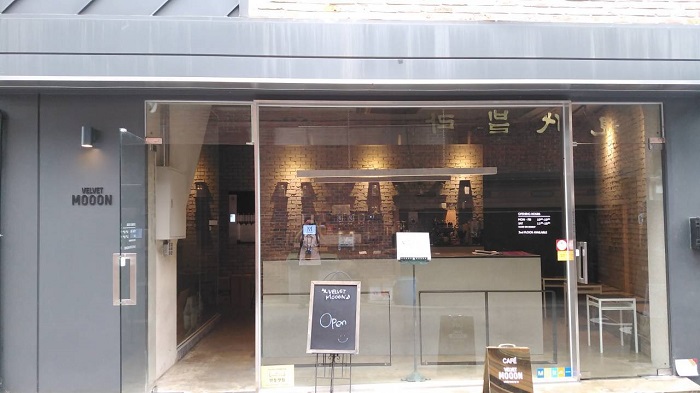
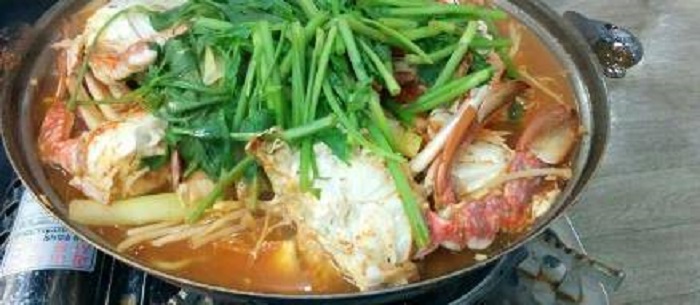
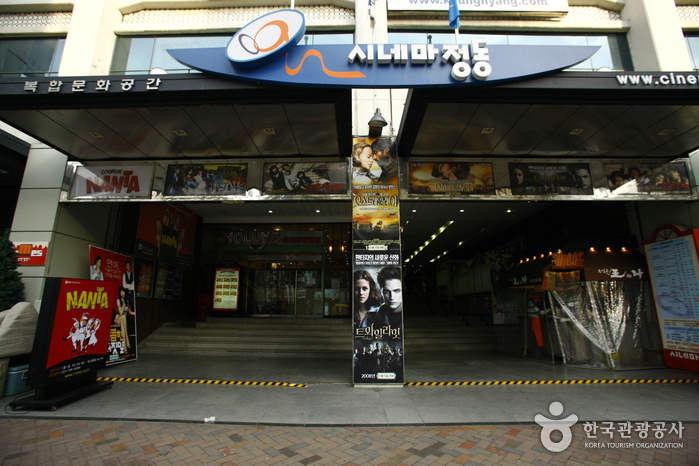
![Hanok Guesthouse Dongchonchae [Korea Quality] / 한옥 게스트하우스 동촌재 [한국관광 품질인증/Korea Quality]](http://tong.visitkorea.or.kr/cms/resource/96/2705896_image2_1.jpg)


 Français
Français
 한국어
한국어 English
English 日本語
日本語 中文(简体)
中文(简体) Deutsch
Deutsch Español
Español Русский
Русский